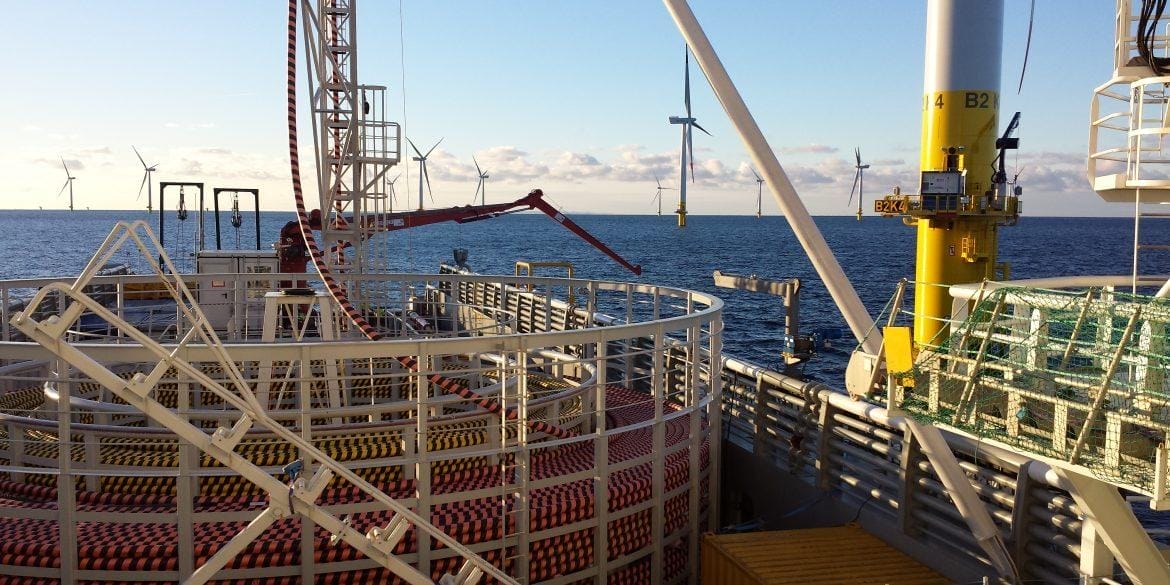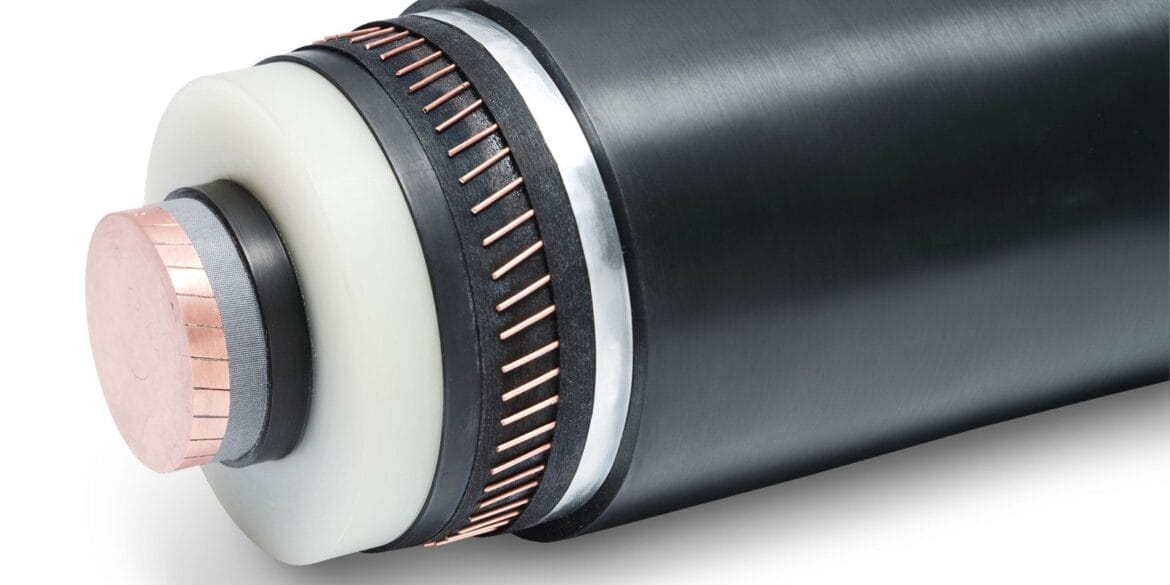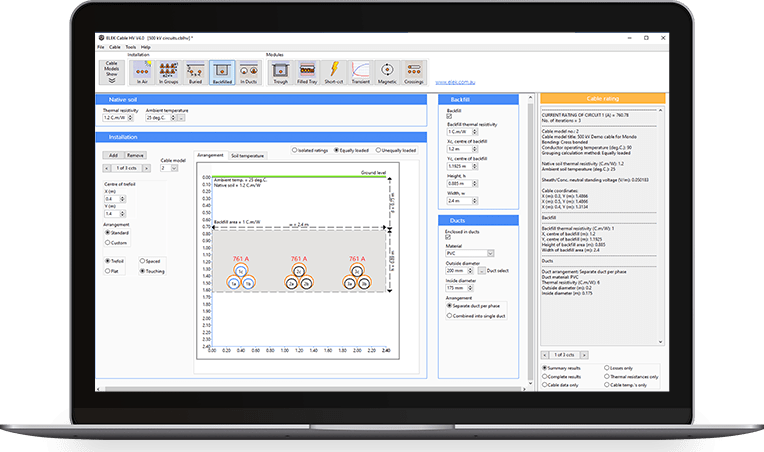
Why are dynamic cable ratings important?
Dynamic cable ratings are an important consideration when dealing with long AC cables due to the variable nature of wind energy. The varying wind energy results in a varying load on the cables. With knowledge about the variation of the load current over time (the load profile) a designer can specify a cable which accurately meets the technical requirements and often can be of a smaller cross-sectional area due to the non-continuous (cyclic) loading.
How to calculate dynamic ratings
The Standard IEC 60853 prescribes the methods for calculating cyclic cable ratings which applies mainly to buried cables in uniform soil, directly buried or ducted buried which assumes the load to be varying over a 24-hour period. The limitation of the IEC method is that it loses accuracy when applying the calculation over a long period such as an entire year. A second approach for calculating cyclic cable ratings is the Neher-McGrath method which can be used to calculate ampacity over longer periods of time based on the load factor.
The Transient module in Cable HVTM Software can calculate cyclic ratings using the actual load profile (over a 24-hour period) to the IEC Standard or using the Neher-McGrath method. Ratings for cables installed in air or buried in isolation or in groups can be calculated. The effects of change in conductor resistance with temperature is incorporated.

Example: Wind Farm Cable Load Profile
The load profile from table 1 can be plotted displaying the variation in current readings with a range of 38.1 A to 134.1 A over the span of one year, along with the average and maximum current values. This can be seen in figure 2.
| Row | Time | Current (A) |
|---|---|---|
| 1 | 1/01/2011 14:00 | 134.1 |
| 2 | 1/01/2011 15:00 | 134.1 |
| 3 | 1/01/2011 16:00 | 134.1 |
| ... | ... | ... |
| 8746 | 31/12/2011 23:00 | 134.1 |

The load factor is defined as the average load divided by the maximum load for a given time period. The following equation is used to attain the load factor.


| Average Current (A) | 91.5 |
| Maximum Current (A) | 134.1 |
| Load Factor | 0.68 |
A 300 mm2 copper, 11 kV single core XLPE insulated cable is used. For the cyclic rating calculations, the Neher-McGrath method is selected using a load factor of 1.

Next, using the actual load factor calculated from the data set, an input of 0.68 is used for the load factor.

As can be seen from figure 3 and figure 4, the permissible peak load current is significantly higher when the load factor is smaller, that is, when the load factor is 1, the permissible current rating is 534 A. When the load factor is 0.68, the permissible current rating is 636 A (19 % increase). This highlights the importance of being able to collect load data as well as finding the average current and load factor of the data set for accurate dynamic cable rating calculations to be made.
References
- Cable HV Software, Version 4.0.
- E. Fernandez and J. Patrick, “Emergency and Cyclic Ratings of HV Cables”, 2019. [Online].








